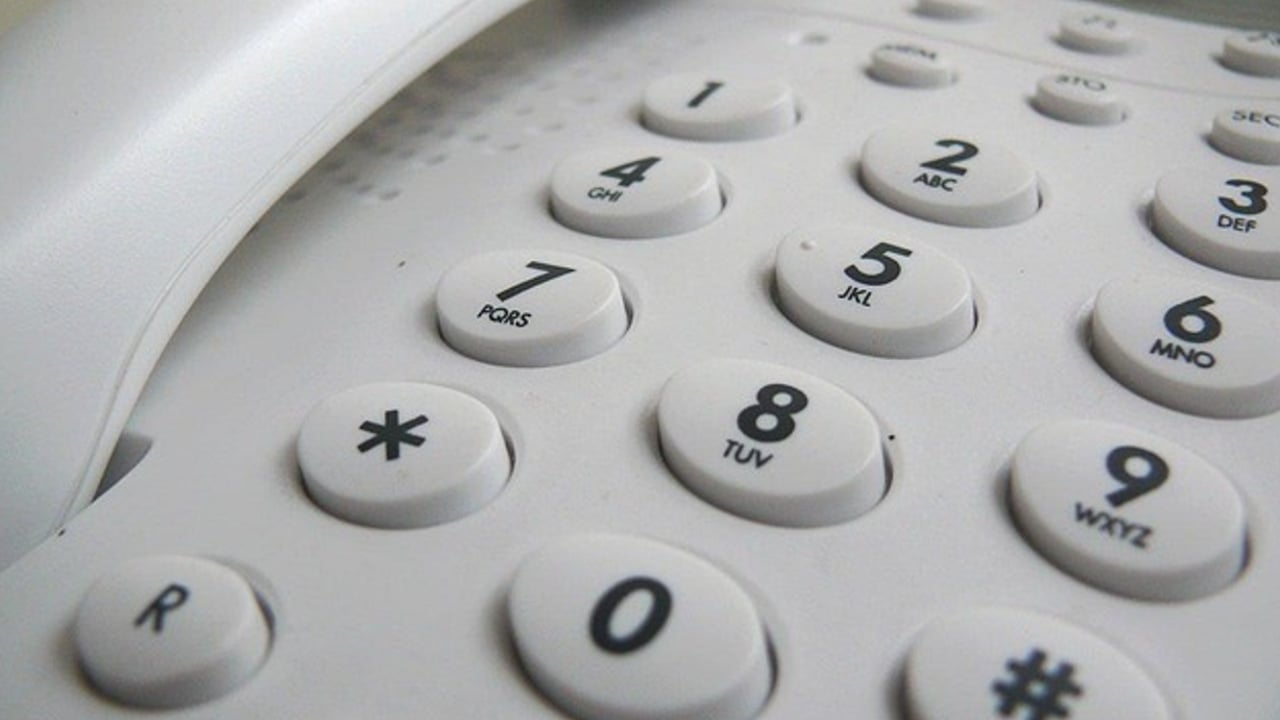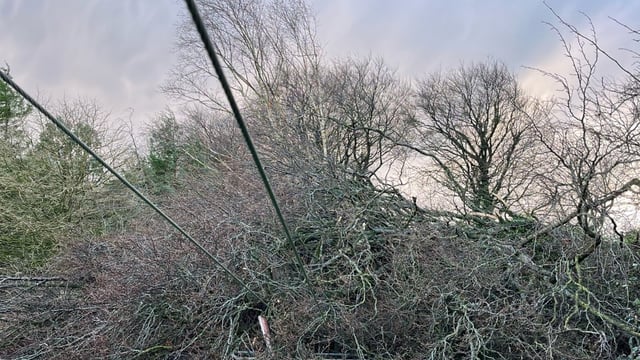'Number of weeks' to restore some fixed line telecom services
Operators of fixed line telecom services have indicated that it may still take a number of weeks to fully restore their services due to the significant damage caused by Storm Éowyn, according to the National Emergency Response Co-ordination Group (NECG).
The NECG has said that "many areas" in the north and west of the country continue to be affected by outages, which has been caused by extensive damage to telecom infrastructure in rural areas.
The effect of the storm was the largest ever in the recording history of the Commission for Communications Regulation (Comreg).
As of this morning (Thursday, February 6), 0.46% of fixed service users remain without telecom service, and 1.82% of mobile service users are experiencing some level of degradation of service.
Repair and restoration work has returned normal services to most customers and several fixed service operator networks have been returned to normal service levels.
However, the NECG said that, despite these repairs, the Department of the Environment, Climate and Communications recognises that many areas in the north and west of the country continue to be affected by outages, due to the extensive damage.
Operators of fixed line services have said it may take a number of weeks to fully restore services due to the damage, the NECG said.
Restoration of full services has been hampered by the complexity of the repairs required to restore damaged infrastructure.
Telecommunication operators continue to engage with Comreg and report outages across their networks. They have mobilised all available resources to further the restoration of these services, the NECG said.
Meanwhile, in terms of electricity supply, around 12,000 homes, farms and businesses remain without power following Storm Éowyn.
The NECG said that ESB Networks is mobilising all available resources to restore power as soon as possible. Power has now been restored to 756,000 customers and intensive work will continue.
In the areas with the largest number of faults, some customers may see their estimated restoration times change, in some cases, into the weekend.
In some instances, when carrying out restoration work on main lines, customers whose power has been reconnected should be aware that they may experience some short disruptions to power for very short periods of time to allow neighbours to be reconnected.
These interruptions ensure that restoration work can safely take place on the system.
Electrical technicians from counterparts in Austria, Finland, France, Great Britain, Germany, and Norway are on the ground in the worst impacted areas.
They are supporting over 2,500 local ESB Networks crews and partner contractors, as well as skilled retirees.
On water supply, Uisce Éireann is working to restore water to the final few customers without service. Nearly all customers have now had their water supply restored since the storm.
Ireland has been actively working with colleagues in the EU Civil Protection Mechanism since January 22.
The NECG infrastructure sub-group identified the need for large-capacity generator support which was relayed through the EU's Common Emergency Communications and Information System (CECIS).
Ireland was offered:
- 10 x 27.5 KvA generators (RescEU stockpile, Poland);
- 2 x 512 KvA generators (RescEU stockpile, Poland);
- 1 x 100 KvA generators (Denmark);
- 3 x 150 KvA, generators (Denmark).
The generators have been deployed to support Uisce Éireann and telecommunications infrastructure, the NECG said.





